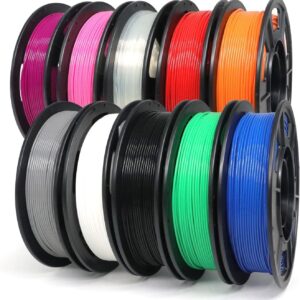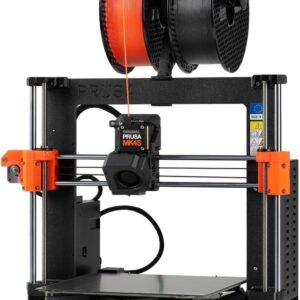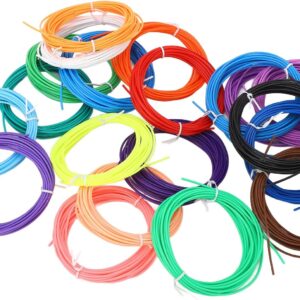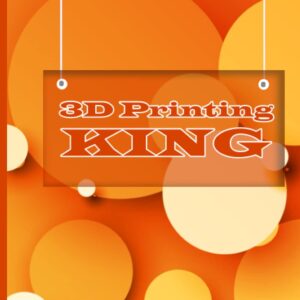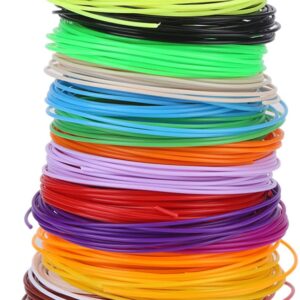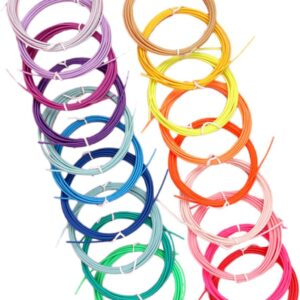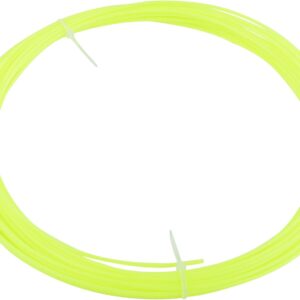A new method for creating nanopatterns on layered materials
To exploit the extraordinary properties of graphene and other 2D materials, researchers from the Graphene Flagship Associated Member KTH Royal Institute of Technology (Sweden) and the Graphene Flagship Partner, the University of the Bundeswehr Munich (Germany) and the SENS Research Center have joined forces bundled to create structural 2D materials by writing directly with the built-in laser of a commercial two-photon 3D printer. The technique, published in ACS Nano, worked with platinum diselenide, molybdenum disulfide and graphene grown on or transferred to borosilicate glass coverslips.
Traditional methods such as optical lithography and laser interference lithography require coating the 2D material with a protective resist mask so that only certain areas of the 2D material are exposed during etching. However, the process of coating, developing and removing the photoresist can damage the 2D material.
The technique presented in the study does not require a masking layer, thereby avoiding contamination and damage to the substrate. To structure the 2D materials, the researchers used an oil immersion lens and a transparent substrate. The team was able to create nanoholes (≥100 nm diameter) in an area of 200 μm × 200 μm in just a few seconds.
The work is particularly interesting because it allows scientific and industrial actors without access to standard microfabrication facilities to explore new concepts and devices based on 2D materials. As two-photon 3D printers become cheaper and more widely used in research laboratories and companies, this method can be used to quickly prototype and fabricate new material-based 2D devices in various research areas.
“Providing a way to work with 2D materials outside of cleanrooms lowers the barrier to participation in this exciting research area,” says Alessandro Enrico, one of the study’s lead authors, formerly in the Department of Micro- and Nanosystems (MST ) worked. at KTH and recently moved to the University of Pavia in Italy. “This approach has additional advantages over traditional lithographic processes: the material is not damaged or contaminated by multiple coating and solvent rinsing steps. Eliminating chemicals also means a more environmentally friendly approach to research and production of 2D materials,” adds the researcher.
Nanostructuring of 2D materials using a two-photon 3D printer. (a) 3D schematic of the laser writing approach. The 2D material is either grown or transferred to the front of a thin glass cover slip. (b), (c), and (d) show nanohole arrays in platinum diselenide (PtSe2), molybdenum disulfide (MoS2), and graphene, respectively. Scale bars: 1 μm for PtSe2, 500 nm for MoS2, and 300 nm for graphene.
The next step is to study the compatibility of this method with 2D floating material membranes and replace the glass substrate with other functional ones.
This project was carried out as part of the Graphene Flagship and the Graphene Flagship Partnering Project FLAG-ERA JTC 2019 2D-NEMS, which is linked to the Sensors Work Package of the Graphene Flagship.
reference
Enrico, Alessandro et al. “Ultrafast and resistance-free nanostructuring of 2D materials by femtosecond laser irradiation.” ACS nano 17.9 (2023): 8041-8052. https://pubs.acs.org/doi/full/10.1021/acsnano.2c09501

